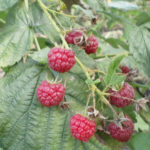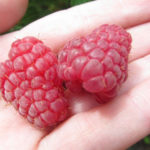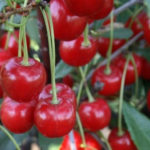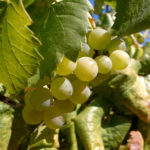Honeysuckle variety Bakcharskaya Jubilee
In a relatively short time, honeysuckle, previously an unsightly and sour northern berry, has become a regular in many summer cottages and gardens, especially in the northern regions, where other popular fruit and berry crops grow poorly. Of course, not wild honeysuckle is grown here, but its domesticated, modern varieties, of which more than a hundred have been bred in recent decades. Among them is the Bakcharskaya jubilee, which will be discussed.
Origin of the variety
It was created in the village of Bakchar, Tomsk region, on the plantations of the famous nursery - Bakchar stronghold of northern gardening. Now it is the Bakcharskoye Federal State Unitary Enterprise, with a history of more than 60 years. Among other things, the nursery has the largest experimental plot in Russia given over to the "possession" of honeysuckle. It will not be a mistake to say that the lion's share of the varieties of this culture was born in Bakchar.
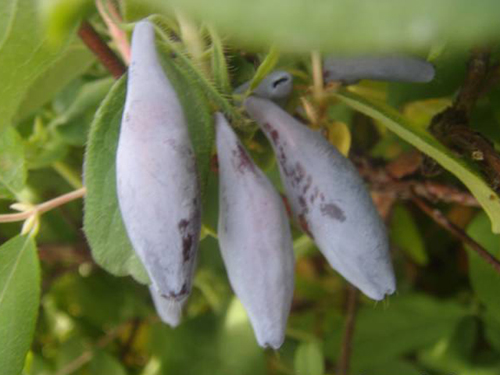
Bakcharskaya jubilee is one of them, continuing the so-called "Kamchatka line". It was entered into the State Register of the Russian Federation in 2013, although it was created several years earlier. By now, it has been tested in many regions of the country, and has become one of the most popular varieties of garden honeysuckle.
Description of the variety
The bush has a rounded, wide shape, it is medium-sized, about 1.6 meters high and 1.2 meters wide. The main branches are straight, strong, with red-brown bark, devoid of pubescence. The leaves are slightly elongated, dark green, with a matte, slightly pubescent surface, dense texture.
Small, pale yellow flowers appear throughout May, depending on the region. Full ripening of fruits in Bakchar itself occurs at the end of June, and the bushes begin to bear fruit early, sometimes already in the third year after planting. A relative disadvantage is a prolonged, uncomfortable ripening.
The berries are large, traditionally for this culture, elongated-oval, with an average weight of about 1.5 g. The taste is sweet and sour, pleasant, almost devoid of bitterness, so characteristic of many honeysuckles. From one bush, you can collect from 3 to 4 kg of fruits: this is one of the most productive varieties.
Features of agricultural technology and options for use
Gardeners loved our heroine, in particular, for her frost resistance and unpretentiousness. It is noted that it is able to bear fruit well even in the southern, more arid and high-temperature regions. It is favorably distinguished from many other honeysuckles by the location of the berries on the branches: they grow in compact groups, which greatly facilitates collection.
Due to the elongation of ripening, it is recommended to harvest in 2-3 doses. Thanks to their strong skin, the berries can be transported over medium distances and kept cold for about a week.
Breeders call the best pollinators for a variety Silginka, and Bakchar giant and Delight.
The berries of Bakcharskaya Jubilee can be called universal with all certainty. Most of them are consumed fresh, but they are also dried, frozen, preserved, jams and preserves are made from them. They are also used as a good raw material for homemade wine. The fruits are rich in various vitamins and minerals.
This honeysuckle also has a certain decorative value, its bushes are able to decorate a garden plot or a corner in the country.

